A Longing For Heather (And Heathcliff)
A Longing For Heather (And Heathcliff)
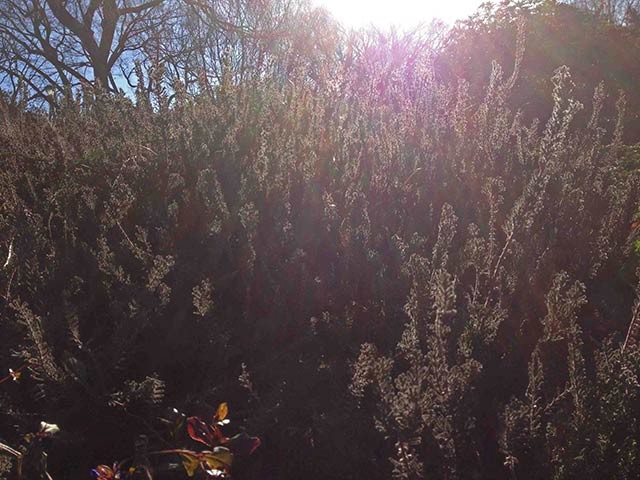
In the life of any gardener, there comes a day when you’re forced to admit that no matter how much you worship a certain plant, it’s just not going to work for you. There are any number of reasons this might happen: insufficient light, space, or some other factor that makes your garden not to the plant’s liking. In these cases, it’s likely you’ve spent many a precious dollar on such plants, even after all the evidence points conclusively to failure: They looked so healthy and vibrant at the nursery! You want to redeem yourself for the last batch you killed! You forget how demoralizing it was to watch that plant wither away over the course of a season or two, despite your unconditional love and constant ministrations. It’s also natural, as the years go by, to think that your increasing botanical experience (you may even use the word “wisdom”) may lead to success this time around. You say to yourself, well, my hellebores are thriving, why can’t I grow heather? You vow to do better, you remember your dream of cultivating an entire field of heather. This despite the fact that your garden is a 15-by-30-foot rectangle in which you’ve already planted twenty-five deciduous trees, hundreds of ferns, a redwood and a stand of bamboo.
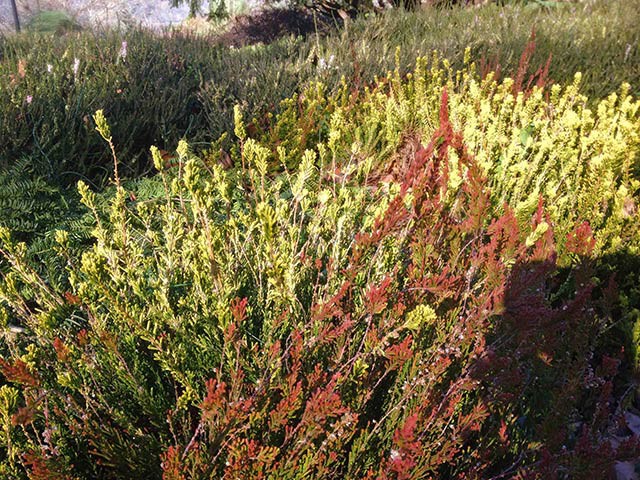
Thankfully, there are other solutions for us heather obsessives, which here in the city means going to Fort Tryon Park. (Take the A-train to the Cloisters in Washington Heights.) The best time to commune with heather is in the late fall and winter, when the frost and snow turns the plants from a more generic mid-summer green into a shifting palette of russet, yellow, and gray. There’s a psychedelic wash to these colors, and you might be reminded of that time you took LSD and — in addition to having your mind blown by the kaleidoscopic landscape — you watched your friend’s face melt off.
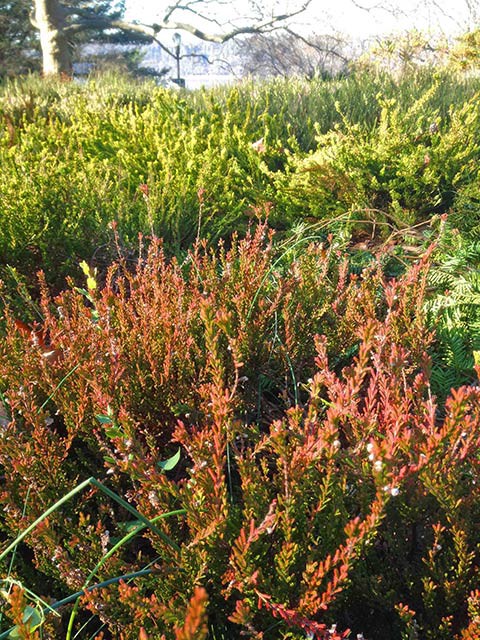
Or you might also remember the first time you read Wuthering Heights, and imagine Heathcliff and Catherine crossing the moonlit moors to rush into each other’s arms. I actually had a slightly insane but in retrospect totally inspiring high-school English teacher who used to make regular pilgrimages to the moors of England, where she believed that the actual ghosts of Heathcliff and Catherine could still be found. Her theory was that these same ghosts possessed Emily Bronte and inspired her to tell their story with such harrowing, passionate language. How else, she asked us, could a reclusive soul write with so much vision and grandeur? In her mind, Wuthering Heights was the greatest novel ever written, and to this day I’m not sure I would disagree. Or well, to be slightly more judicious, I would say other books are just as great, but none greater, which not coincidentally is also the way I think about different landscapes in the natural world.
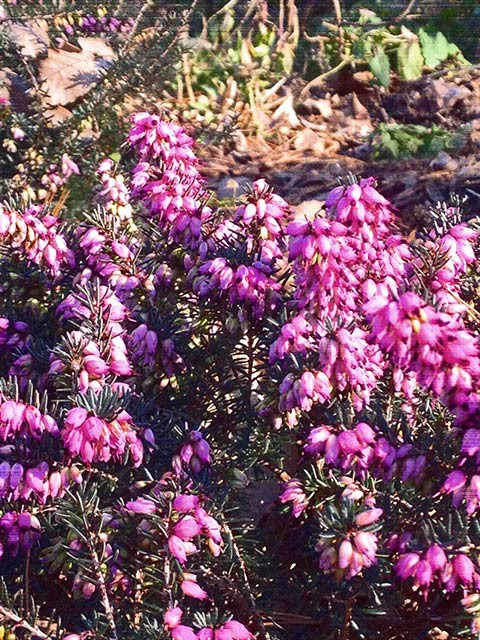
Or maybe you’ll think of Kate Bush running through the fields, also possessed by the ghosts of Heathcliff and Catherine, which is just as satisfying, only in a different way.
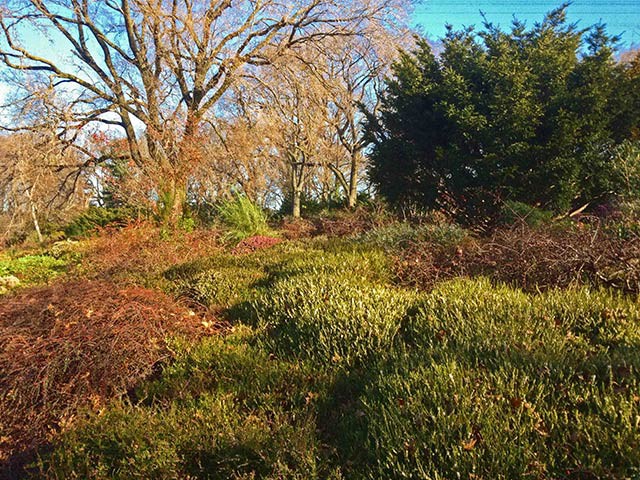
I’ve never been to the moors of England, and as much I would love to see heather in its natural state, I’m not sure I’ll ever make it. One thing I’ve learned about getting older is that like giving up on certain plants, you also have to give up on certain dreams.

Of course, like any great metropolis, New York City is an amalgamation of different cities and natural vistas from around the world. Some of these elements are more authentic then others, but sometimes you find the perfect spot, where it’s possible to look over the horizon — maybe you’ll have to squint a little to blur the edges — and believe that you are living in a different time and place, one filled with ghosts who will inspire you to do things you never imagined possible.
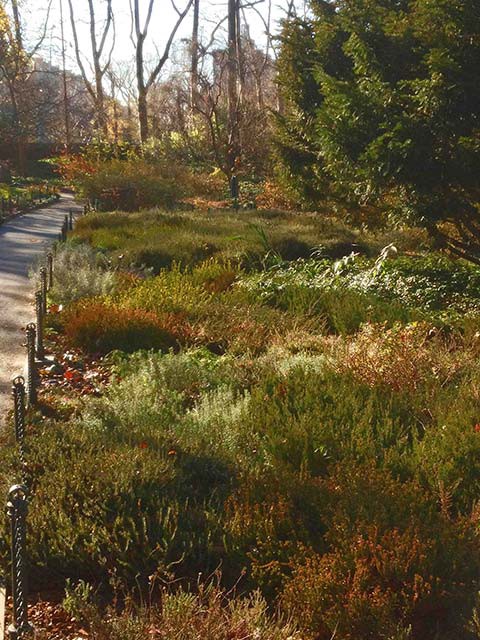
Matthew Gallaway is the author of The Metropolis Case and the director of Remembrance of Things Past.
